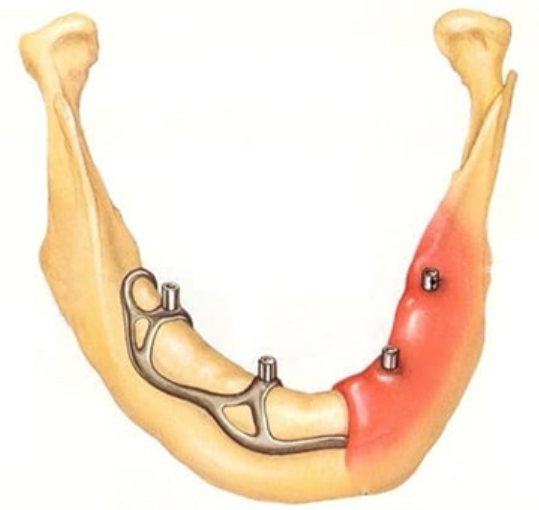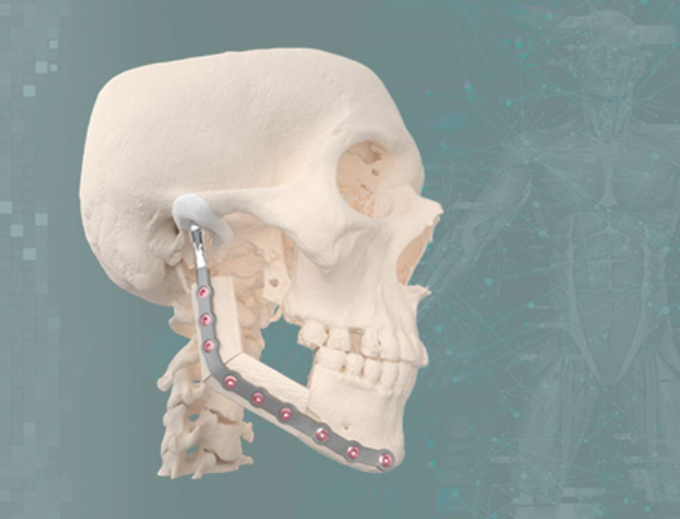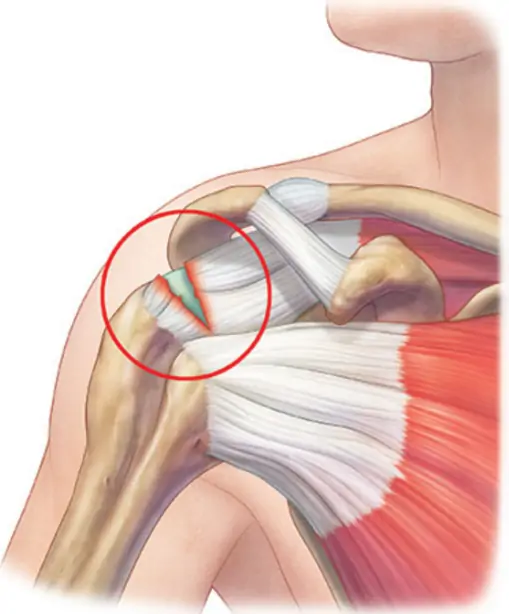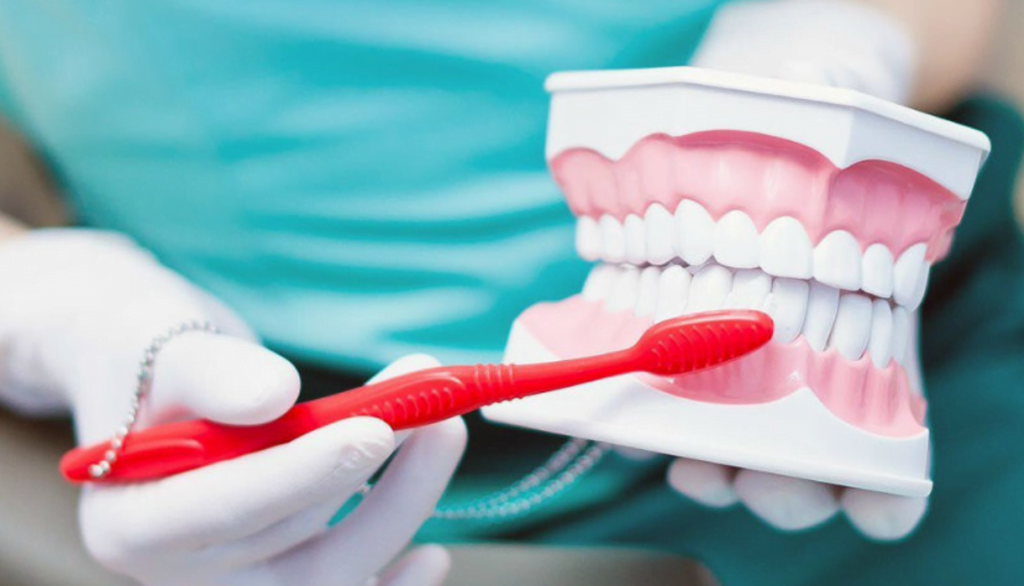3D printed dental implants – how strong are printed implants compared to those milled from solid titanium ingots
Customized implants are made from a 3D image of the patient’s jaws. This ensures that the implant is a perfect match to the patient’s anatomy, which improves the long-term prognosis for successful implant survival.
3D printing can be used to fabricate various types of implants including:
- Single Tooth Restoration Implants. Customized implants can be used to restore a single tooth, especially in cases where the remaining bone tissue does not allow for the use of standard implants.
- Subosteal implants are a direct indication for fabrication on a 3D printer because they are all customized. And 3D printing and digital modeling of the implant shape can reduce fabrication time and minimize surgical intervention. The subosteal implant is indicated for cases with significant bone loss in patients that cannot be restored with directed bone regeneration.
- Implants for jaw restoration. Customized implants can be used to restore the jaw, such as after trauma or surgery.
But many experts wonder how strong a customized implant is compared to a traditionally milled one made of solid titanium.
It has been proven that a 3D printed implant can be as strong as or even stronger than a solid piece of titanium. This depends on several factors, including:
- The material from which the implant is made. Titanium is a strong and biocompatible material that is well suited for making implants. However, there are other materials that can be stronger, such as alloys of titanium with zirconium or tungsten.
- 3D printing technology. Some 3D printing technologies can create stronger products than others. For example, selective laser fusion (SLS) allows for the creation of products with higher density and homogeneous structure.
Implant manufacturing process. The quality of implant manufacturing also affects the strength of the implant. If the implant is manufactured with high precision and repeatability, it will be stronger.
In general, it can be said that the strength of a 3D printed implant is comparable to that of an implant milled from a solid piece of titanium. However, depending on specific factors, a printed implant may be even stronger.
Here are some studies that support this claim:
- A study published in the Journal of Dentistry found that the strength of 3D printed Ti6Al4V titanium alloy implants is comparable to that of implants milled from a solid piece.
- The study, published in the journal Clinical Implant Dentistry and Related Research, found that the strength of 3D printed titanium-zirconium alloy implants is higher than the strength of implants milled from a solid piece.
Thus, the use of 3D printing for implant manufacturing is a promising direction that allows for the creation of implants with high performance characteristics.










